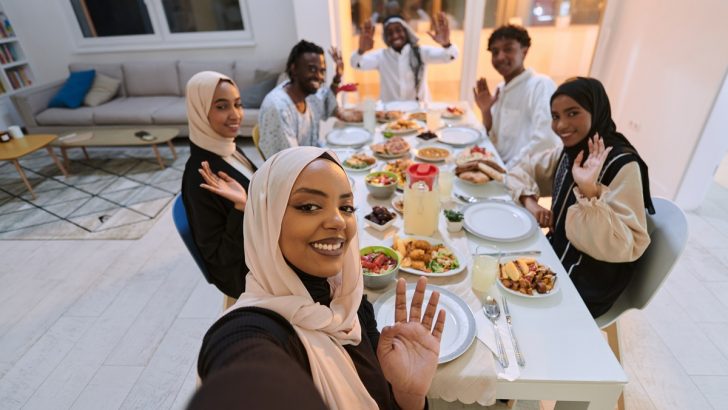Food transcends mere sustenance when it enters the realm of religion. Across the globe, special meals carry deep spiritual meaning, connecting believers to their faith, history, and community.
These sacred feasts aren’t just about eating—they’re powerful symbols that help people remember important stories, celebrate special occasions, and feel closer to the divine.
1. The Eucharist: Christianity’s Sacred Bread and Wine
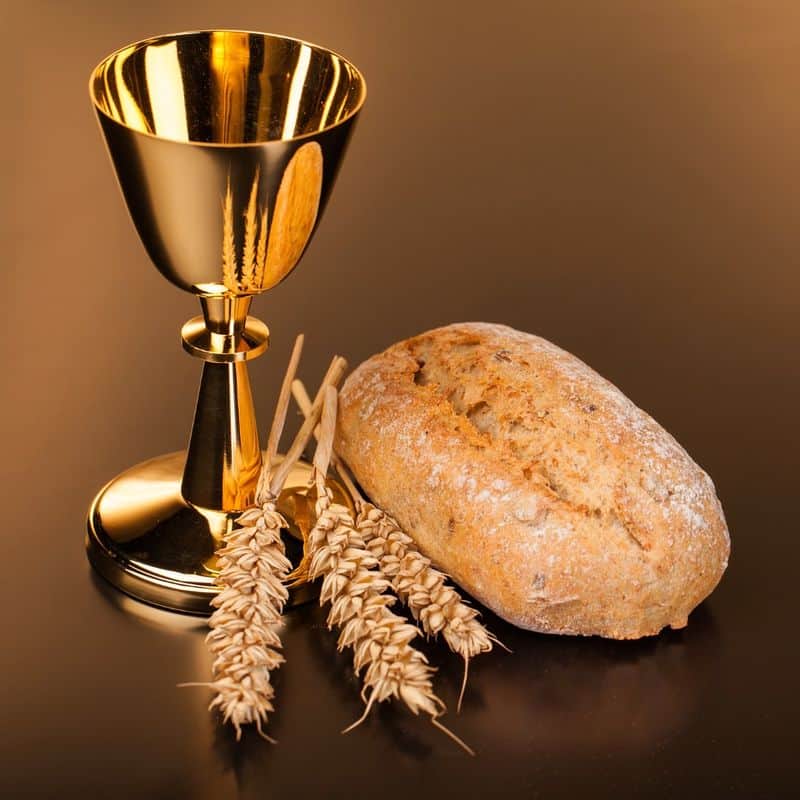
Bread becomes body, wine transforms into blood—not literally for most denominations, but spiritually for all Christians participating in this central sacrament. The Eucharist recreates Jesus’s final meal with his disciples before crucifixion.
When believers receive the communion elements, they’re doing more than remembering—they’re participating in a mystery that connects them directly to Christ. Churches may use different breads and vessels, but the meaning remains: spiritual nourishment and unity.
Whether called Holy Communion, the Lord’s Supper, or Mass, this ritual bridges heaven and earth, making the divine tangible through ordinary food transformed by faith.
2. Passover Seder: Freedom’s Feast in Judaism

Around a table laden with symbolic foods, Jewish families retell the Exodus story each spring. The Seder plate holds bitter herbs representing slavery’s harshness, charoset (a sweet mixture) symbolizing the mortar used by enslaved Israelites, and matzah—the unleavened bread of hurried escape.
Children ask four traditional questions, sparking discussions about freedom and identity. Wine cups are filled four times, each representing a divine promise of liberation.
More than a meal, the Seder connects modern Jews to ancestors who fled Egypt thousands of years ago. The evening follows a precise order (“seder” means “order”) blending ritual, storytelling, and community in celebration of liberty.
3. Prasadam: Hinduism’s Blessed Offering

Sweet rice pudding, fragrant fruits, and delicate sweets transform into vehicles of divine blessing when offered at a Hindu temple’s altar. Prasadam begins as bhog—food presented to deities during puja (worship)—before returning to devotees infused with sacred energy.
The ritual creates a beautiful exchange: humans offer their best to the divine, and the divine returns it blessed. No temple visit feels complete without receiving this sanctified food, typically served on banana or sal leaves.
Accepting prasadam isn’t just eating—it’s consuming the deity’s grace. Many devotees believe these blessed morsels purify both body and mind, creating a direct connection between worshiper and the divine through the simple act of eating.
4. Iftar: Breaking Fast with Gratitude in Islam

As the sun dips below the horizon during Ramadan, Muslims worldwide pause their daily fast with a simple yet profound ritual. Following Prophet Muhammad’s example, most break their fast with dates and water before moving to a larger meal.
These first bites after hours of abstinence carry special significance—a moment of gratitude and connection to faith. Mosques often host community iftars where neighbors share meals regardless of economic status, emphasizing equality and generosity.
The table typically features regional specialties alongside universal favorites like samosas, fruit juices, and sweet treats. Beyond satisfying hunger, iftar cultivates patience, gratitude, and community—transforming physical hunger into spiritual fulfillment through shared experience.
5. Langar: Sikhism’s Community Kitchen of Equality
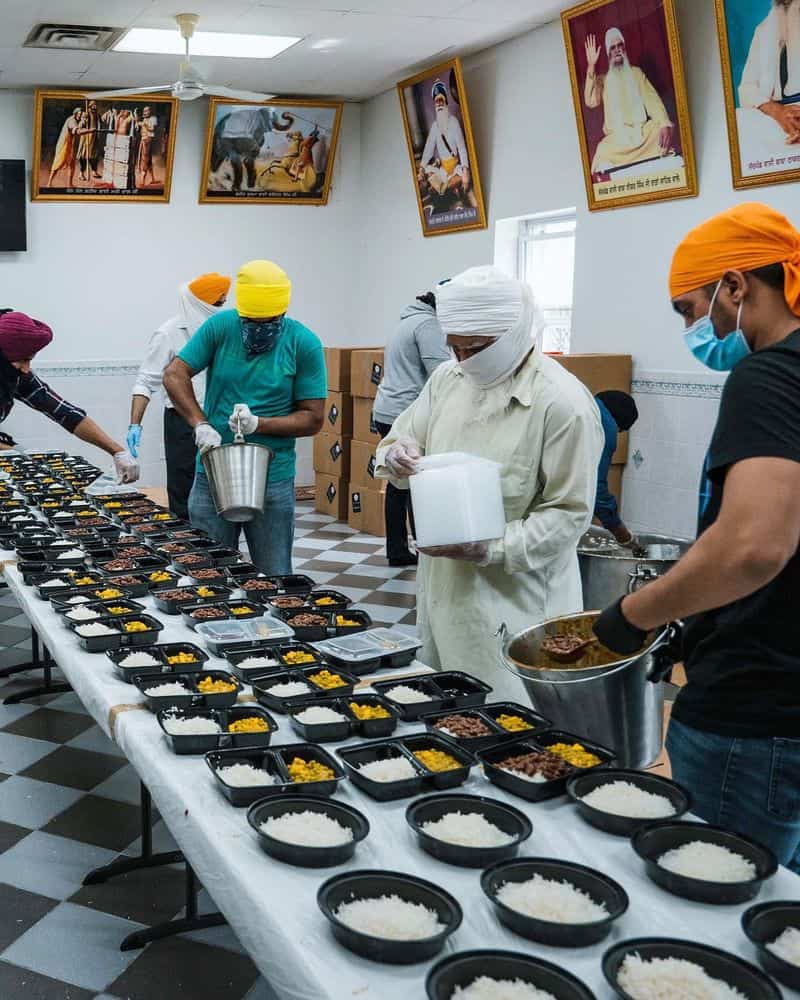
Volunteers bustle about, chopping vegetables and kneading dough, preparing meals that will feed hundreds regardless of caste, religion, or social status. Langar embodies Sikhism’s core principles of equality, selfless service, and community.
In gurdwaras (Sikh temples) worldwide, visitors sit cross-legged in rows on the floor—presidents beside peasants—all eating the same simple vegetarian meal. The tradition began with Guru Nanak, who rejected India’s caste system through this radical act of communal dining.
The food itself—typically roti (flatbread), dal (lentils), and vegetables—remains deliberately simple yet nourishing. What makes langar extraordinary isn’t culinary complexity but its beautiful message: when we share food, we acknowledge our common humanity.
6. Oshitashi: Japanese Buddhist Temple Food

Seasonal vegetables, carefully arranged in five colors and five tastes, reflect Buddhist principles of balance and harmony. Oshitashi isn’t merely vegetarian cuisine—it’s a meditation on impermanence, gratitude, and mindfulness.
Japanese temple food (shojin ryori) contains no animal products, onions, or garlic—ingredients believed to excite passions contrary to spiritual calm. Each bite becomes an opportunity for contemplation, with nothing wasted and every ingredient honored.
Monks prepare these meals as part of their spiritual practice, seeing cooking as no different from meditation or sutra chanting. The presentation emphasizes natural beauty—maple leaves in autumn, cherry blossoms in spring—reminding diners that enlightenment exists not in some distant realm but in fully experiencing the present moment, even in something as simple as a meal.
7. Karah Parshad: Sikhism’s Sweet Blessing
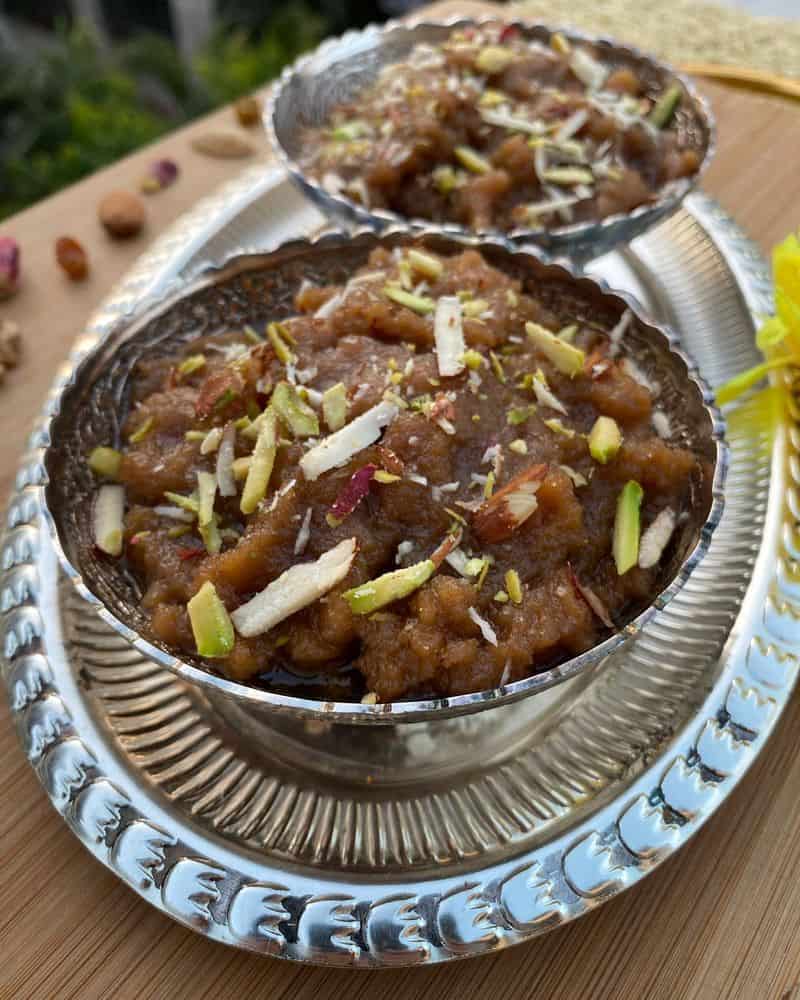
A warm, semolina-based pudding greets worshippers at Sikh gurdwaras worldwide, offering more than just sweetness. Karah Parshad represents the equality central to Sikh philosophy—every visitor receives exactly the same portion in cupped hands, regardless of status or wealth.
Made from just four ingredients—wheat flour, sugar, ghee, and water—this simple pudding is prepared with continuous prayer and meditation. Devotees believe these prayers infuse the food with divine energy.
After being blessed before the Guru Granth Sahib (Sikh holy scripture), it’s distributed to all present. Accepting Karah Parshad with both hands cupped together symbolizes humility and openness to receiving God’s grace through this communal blessing disguised as dessert.
8. Agape Feast: Early Christianity’s Love Meal

Before elaborate cathedrals and formal liturgies, early Christians gathered in homes for simple meals that celebrated their newfound faith. The Agape Feast—meaning “love feast”—combined fellowship, charity, and worship into one communal experience.
Unlike today’s token communion wafers, these were substantial meals where believers shared whatever they had. Wealthier members provided food for poorer ones, embodying Christ’s teachings about caring for others. Prayers, hymns, and scripture readings accompanied the meal.
Though largely replaced by formal communion services in most denominations, some churches still practice versions of this ancient tradition. These modern love feasts emphasize the same principles: breaking bread together dissolves social barriers and creates authentic community through shared sustenance and faith.
9. Chuseok: Korean Harvest Thanksgiving

Families gather around tables laden with freshly harvested crops and specially prepared dishes to honor ancestors during Korea’s most important holiday. Songpyeon—half-moon shaped rice cakes stuffed with sweet fillings—takes center stage, symbolizing hopes for abundance and completeness.
Before eating, families perform charye, a ceremony offering food to ancestors’ spirits. Traditional foods include freshly harvested rice, jeon (savory pancakes), and various fruits arranged in specific patterns according to ancient customs.
More than just a harvest celebration, Chuseok strengthens family bonds across generations. The meal connects living family members to those who came before, creating a powerful sense of continuity and gratitude. Modern Koreans may live in high-rises rather than farmhouses, but these ritual foods still carry ancestral blessings across time.
10. Eid al-Adha: Islam’s Feast of Sacrifice
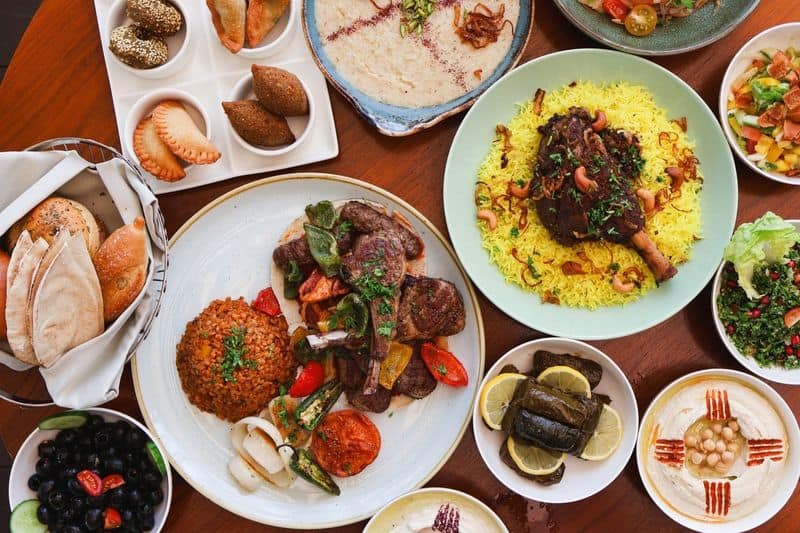
Smoke rises from cooking fires as Muslim families prepare meat dishes commemorating Prophet Ibrahim’s willingness to sacrifice his son in obedience to God. This feast celebrates faith and submission while emphasizing charity—traditionally, the sacrificed animal’s meat is divided into three portions: one for family, one for friends, and one for those in need.
Special dishes vary by region—biryani in South Asia, tagine in North Africa, kebabs in the Middle East—but sharing remains universal. Children receive new clothes and gifts, while extended families gather for elaborate meals.
Beyond delicious food, Eid al-Adha reminds believers of sacrifice’s spiritual importance. The meal becomes a tangible expression of thanksgiving, community responsibility, and remembrance of God’s mercy when He provided a ram to replace Ibrahim’s son.

